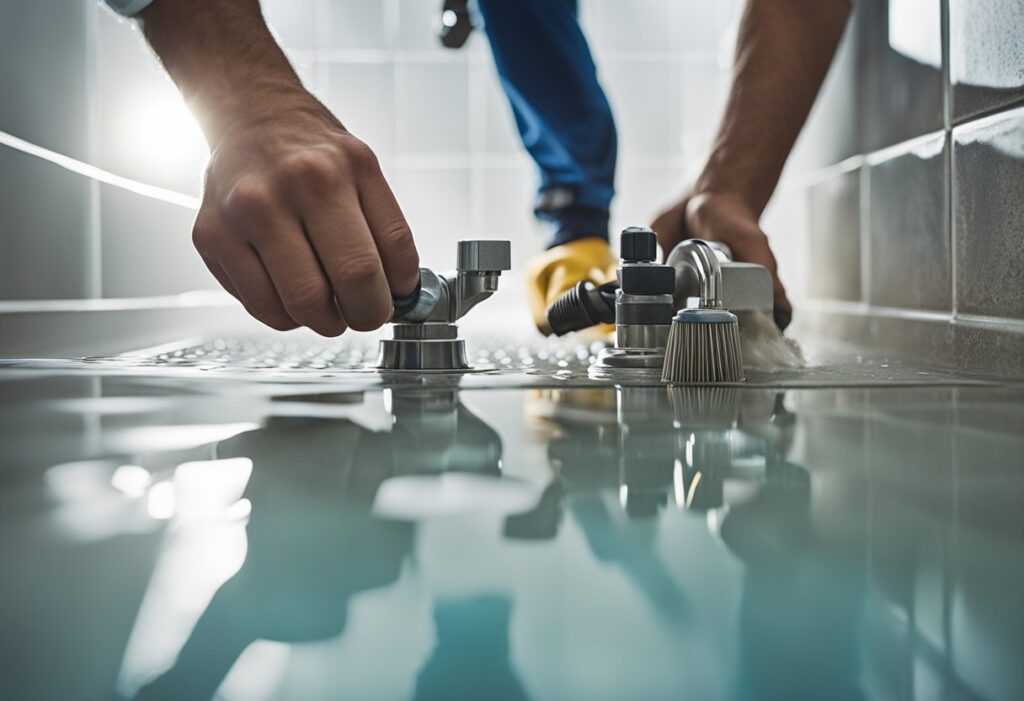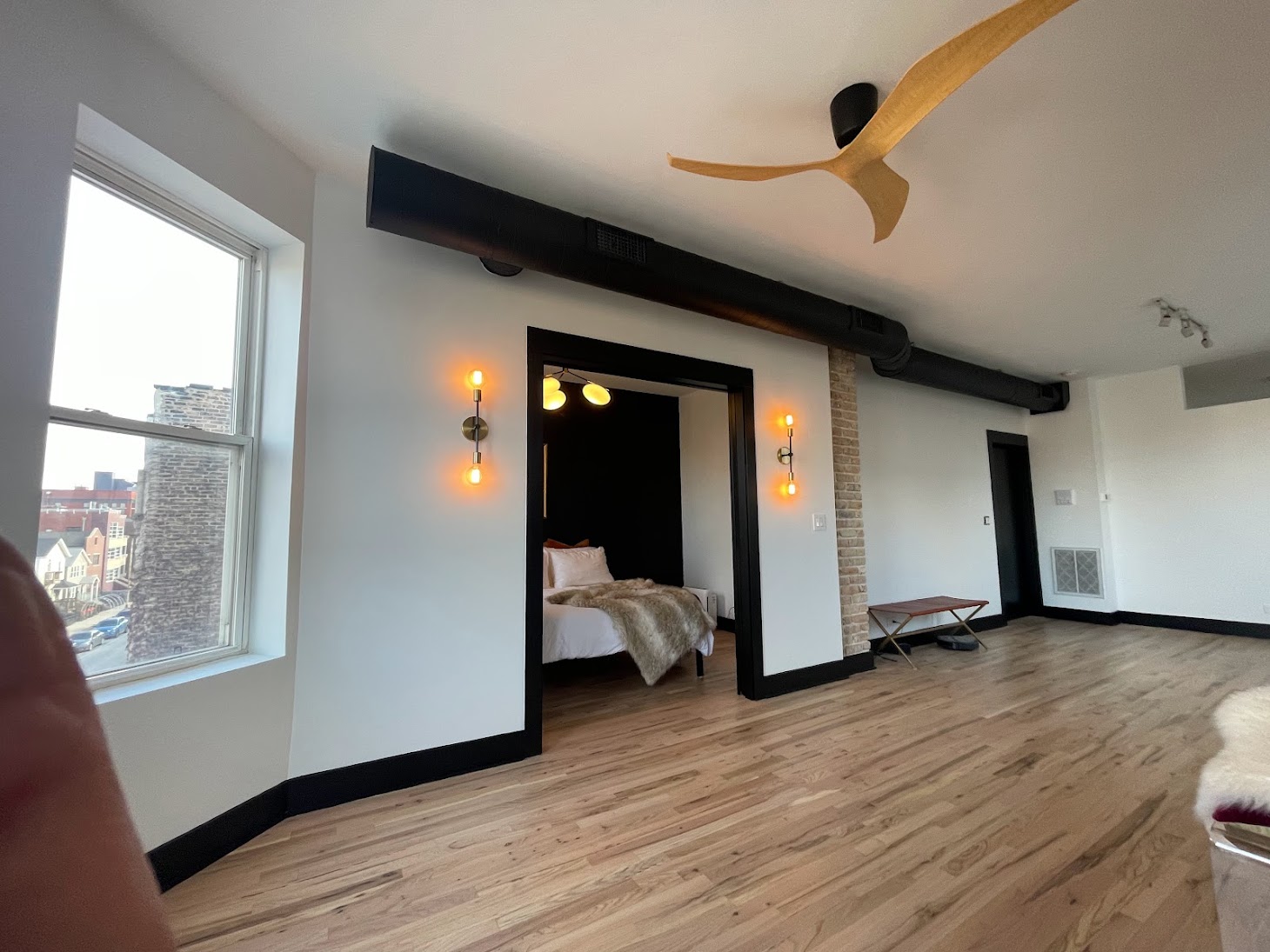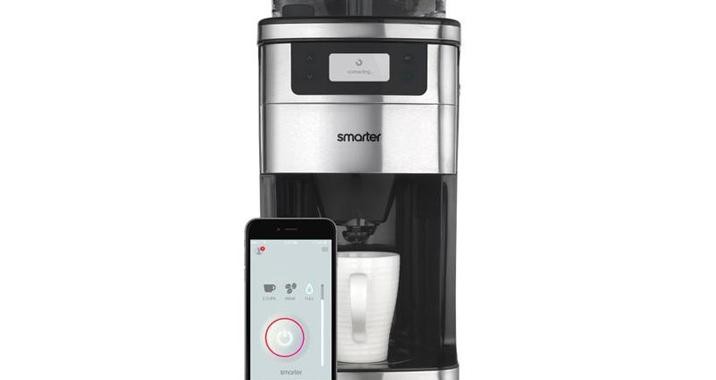Is your shower drain leaking? Don’t worry, it’s a common problem that many homeowners face. A leaky shower drain can cause water damage and mold growth if left unfixed. The good news is that you can often repair a shower drain yourself without calling a plumber. A qualified handyman service in Chicago can also save you some cash.

Fixing a leaky shower drain usually involves removing the old drain cover, replacing damaged parts like gaskets or seals, and installing a new drain assembly. The exact steps depend on the type of drain and what’s causing the leak. Some repairs can even be done from the top of the shower without accessing the plumbing underneath.
With the right tools and a bit of patience, most people can tackle this home repair job. It’s a great way to save money and learn some basic plumbing skills. Plus, there’s a real sense of satisfaction in solving the problem yourself.
Identifying and Diagnosing Drain Issues
Finding shower drain problems early can save time and money. Let’s look at how to spot issues before they get worse.
Assessing the Shower Pan and Base
The shower pan is key for stopping leaks. Check for cracks or gaps in the base. A simple test can help find problems. Put a few inches of water in the shower and let it sit for a few hours. If the water level drops, there’s likely a leak.
Look for signs of damage on the shower floor. Soft spots or discoloration might mean trouble underneath. Tiles that come loose or grout that crumbles are red flags too.
For fiberglass or plastic bases, press down gently. If it flexes a lot, the shower pan might be failing.
Checking for Leaks and Water Damage
Water stains on ceilings or walls below the shower are big clues. They often point to a leaky shower drain. Look for peeling paint or warped wood near the shower too.
Check the floor around the shower for wet spots. Use your nose – musty smells can mean hidden water damage.
After a shower, look for water pooling where it shouldn’t. This could mean the drain isn’t working right.
For a thorough check, run the shower and watch where the water goes. Any escaping water is a problem that needs fixing fast.
Inspecting the Drain Components
Start by removing the drain cover. Look for rust, cracks, or broken parts. A flashlight can help see deep into the drain opening.
Check the rubber gasket that seals the drain to the shower base. If it’s old or damaged, it won’t stop leaks.
Use a drain snake to feel for clogs or damage inside the pipe. Slow draining often means there’s a blockage building up.
Inspect the drain flange where it meets the shower floor. A gap here lets water seep under the shower pan.
If the drain moves when you touch it, the connection might be loose. This needs fixing to prevent leaks.
Repair and Maintenance Solutions

Fixing shower drain issues can be done at home with the right tools and know-how. These solutions cover common problems and how to solve them.









